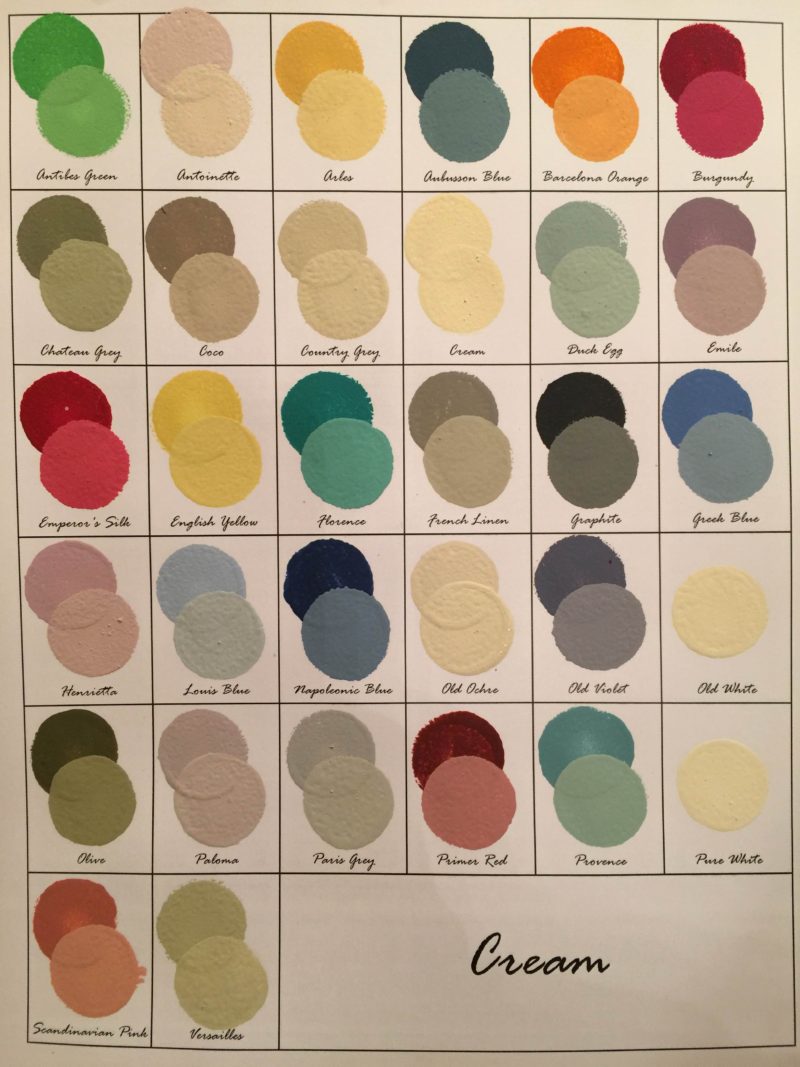How To Make A Cream Color With Paint
Painting is a great way to add color and personality to any space, but finding the perfect shade can be a challenge. Cream colors are a popular choice for interior and exterior painting projects, as they provide a warm and inviting backdrop for any decor style. However, with so many shades of cream available, it can be difficult to find the exact color you’re looking for.
The good news is that you don’t have to settle for a paint color that’s just “close enough.” With a little knowledge of color theory and some basic mixing techniques, you can easily create your own custom cream color with paint. Not only will this give you greater control over the final color, but it can also save you money by allowing you to mix paint colors you already have on hand.
In this guide, we’ll walk you through everything you need to know to make a cream color with paint. From understanding color theory to choosing the right paint colors and preparing and applying the paint, we’ll provide you with step-by-step instructions and tips to help you achieve the perfect shade of cream. Whether you’re a seasoned DIY enthusiast or a beginner, this guide will give you the knowledge and confidence you need to create a beautiful and unique paint color. So let’s get started!

Understanding Color Theory
Before you begin mixing paint colors, it’s important to have a basic understanding of color theory. Colors are created by combining different shades of primary colors: red, blue, and yellow. When two primary colors are combined, they create a secondary color: green, purple, or orange. Tertiary colors are created by mixing a primary color with a secondary color.
Choosing the Right Paint Colors
When choosing paint colors for a cream color, consider the undertones of the colors you want to mix. Cream colors typically have warm undertones, so opt for colors with hints of red, yellow, or orange. For a lighter cream, start with a white paint and mix in small amounts of the desired color. For a darker cream, begin with a beige or taupe paint and add white until the desired shade is achieved.
Preparing the Paint
Gather the necessary tools and materials for mixing paint, including paint colors, mixing containers, stir sticks, and a palette or mixing surface. Always follow safety precautions when handling paint, including wearing gloves and protective eyewear. Begin by mixing small amounts of paint to test the color before mixing larger quantities.
Mixing Cream Color
To make a cream color, start with a base color and add small amounts of white until the desired shade is achieved. Mix the paint thoroughly and test the color on a small surface. Adjust the color by adding more base color or more white until the desired shade is achieved.
Testing the Color
Before applying the paint to a larger surface, it’s important to test the color for accuracy and consistency. Apply a small amount of the mixed paint to a test surface, such as a scrap piece of wood or cardboard. Let the paint dry and evaluate the color. Make adjustments if necessary by adding more paint color or more white until the desired shade and consistency are achieved.
Applying the Paint
Apply the mixed cream color paint using a brush, roller, or spray gun, depending on the surface you’re painting. Apply the paint in thin layers, allowing each layer to dry completely before applying the next. This will help prevent drips and ensure a smooth finish.
Cleaning Up
After you’ve finished painting, it’s important to properly clean up your tools and materials. Dispose of any leftover paint and pigment properly according to your local regulations for disposing of hazardous materials. Clean your brushes or rollers thoroughly with soap and water or a solvent for oil-based paints.
Steps to Make Cream Color With Paint
Follow these easy steps to create your own cream color:
Step 1: Start With White Paint
Begin with a base of white paint. White paint is the primary component of cream color. Pour a small amount of white paint onto your mixing palette.
Step 2: Add A Small Amount Of Yellow Paint
Next, add a tiny amount of yellow paint to the white paint. Use a paintbrush or mixing stick to blend the colors together. Mix thoroughly until the colors are combined.
Step 3: Adjust The Shade
Check the color you have mixed. If it is too light, add a bit more yellow paint. If it is too dark, add more white paint. Continue adjusting until you achieve the desired cream color.
Step 4: Add A Hint Of Brown Or Red (optional)
If you want a warmer cream color, add a tiny bit of brown or red paint. Mix well and adjust as needed. Be careful not to add too much, as it can darken the color.
Tips for Mixing Cream Color
- Add colors gradually. It is easier to darken a color than to lighten it.
- Test your mixed color on a small area before using it on a large surface.
- Keep a record of the proportions used for future reference.
Common Uses for Cream Color
Cream color is popular in various applications. Here are some common uses:
Home Decor
Cream color is often used in home decor. It is perfect for walls, furniture, and accessories. Cream color creates a warm and inviting atmosphere.
Fashion
Cream color is also popular in fashion. It is a timeless and elegant shade. Cream-colored clothing and accessories are versatile and chic.
Art
Artists use cream color in their paintings and crafts. It is a great base color and can be mixed with other shades.
Frequently Asked Questions
What Colors Make Cream Paint?
Mix white with a small amount of yellow and brown.
Can I Use Primary Colors To Make Cream?
Yes, combine white, yellow, and a hint of red.
Is Cream The Same As Off-white?
No, cream has a warmer, yellowish hue compared to off-white.
How Do I Lighten Cream Paint?
Add more white paint to achieve a lighter shade.
Conclusion
By following these simple steps, you can make your own custom cream color with paint. With a little understanding of color theory and some basic mixing techniques, you can achieve the perfect shade of cream for your next painting project. So go ahead and get creative with color mixing!
